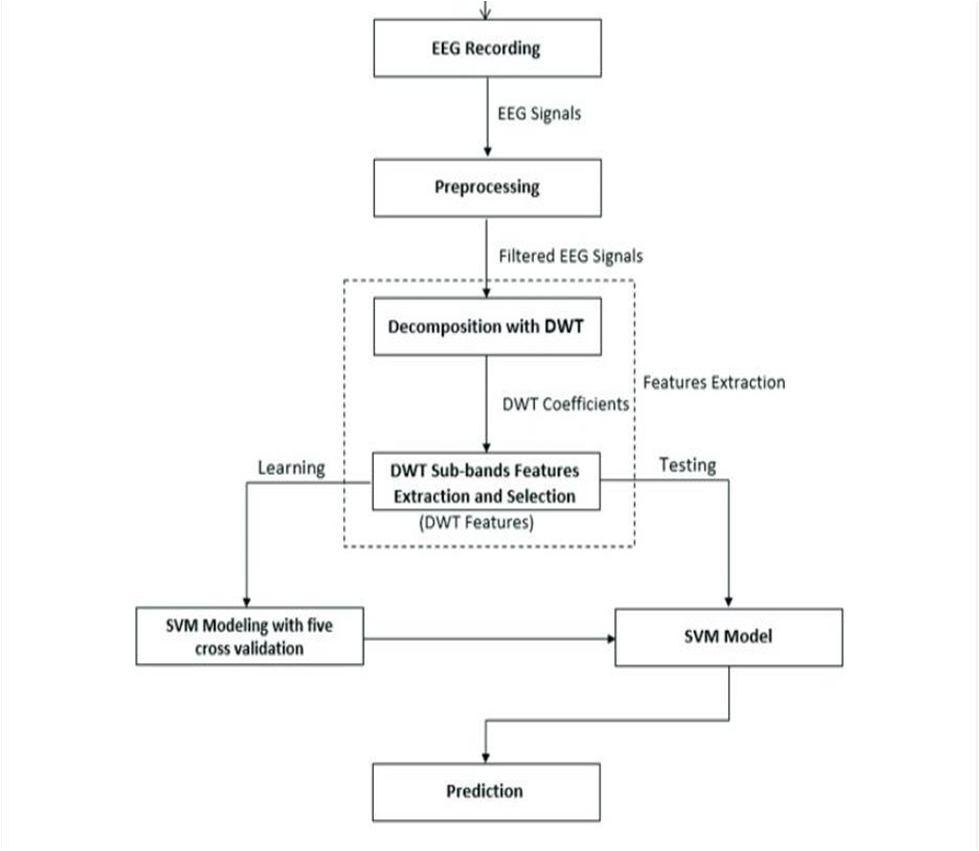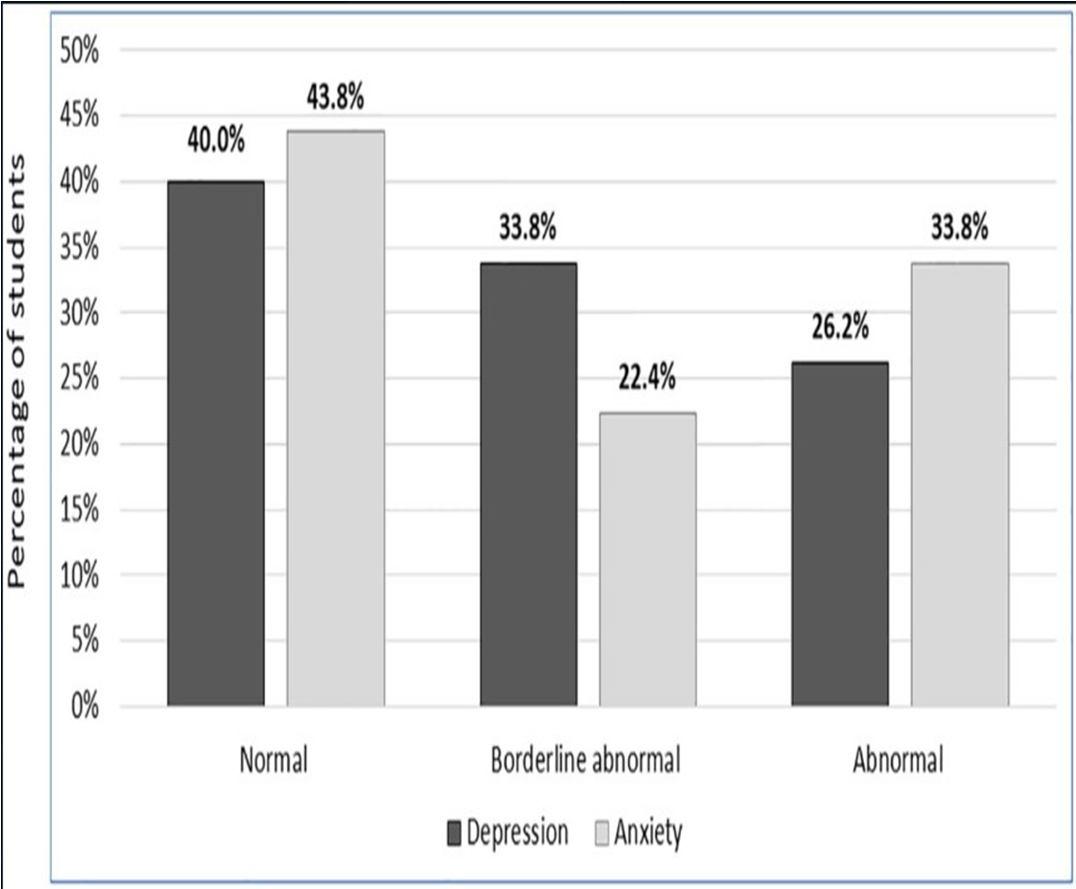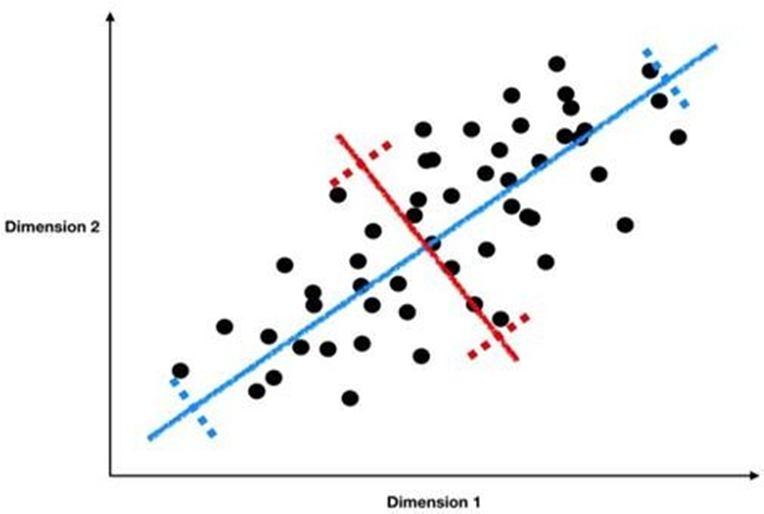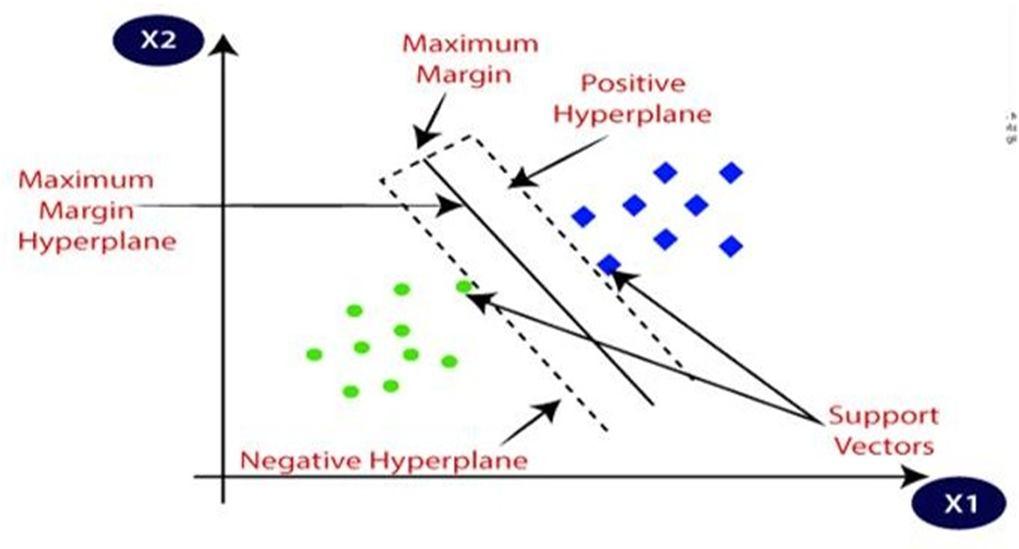
ISSN: 2321-9653; IC Value: 45.98; SJ Impact Factor: 7.538 Volume 11 Issue I Jan 2023- Available at www.ijraset.com



ISSN: 2321-9653; IC Value: 45.98; SJ Impact Factor: 7.538 Volume 11 Issue I Jan 2023- Available at www.ijraset.com

Abstract: The aim of the present study is to collect the electrical activity of the brain using electroencephalogram (EEG) data from subjects performing a cognitive workload task. During the study, the subjects were involved in intensecognitive activity while performing mental calculations (serial subtractions). The background EEG was recorded from each subject. The primary aim for collecting this dataset is to conduct fluctuation analysis of the EEG duringcognitive activity and to compare the result to the data provided by conventional methods, such as Fourier power spectral density mapping and coherence. It can also beutilized for studying the time-scale characteristics of the involvement of different brain areas in cognition processes and nonlinear characteristics of brain dynamics.

Keyword: EEG, mental arithmetic, neuroscience.
Mental disease is now a widespread and prevalent illness in the human body, and it has claimed the lives of many people throughout the world. The study of human cognitive activity has attracted a lot of interest from researchers of different domains from biophysics tosystem analysis and digital signal processing. The most important behavioral risk factors of mental disease and stroke are unhealthy diet, physical inactivity and harmful use of alcohol. Health policies that create conducive environments for making healthy choices affordable and available are essential for motivating people to adopt and sustain healthybehaviors. Many theoretical and practical works have been publishedover the last decades and activity for brain about the relationships between cognitive phenomena and activityof brain structure. The theory of brain function using structure during emotion and mental activities and dynamical properties of cortical areas and coordination are stimulated.The study of human cognitive activity has attracted a lot of interest from researchers of different domains, from biophysics from the system and system analysis and digital signal processing. One of the main fields is the study of brain activity dynamics during emotional states that are integrated withcognitive processes. Many theoretical and practical works have been published over the last decades and activity for brain about the relationships between cognitive phenomena and activity of brain structure. The activation and functional of brain areas during cognitive activity has been mainly studied to the special technique of the spectral. During cognitive activity this arepowerful tools used toreveal theimportant characteristicsof brain functioning. Achieving these targets will require significant investmentin and strengthening of mental systems. The study of human cognitive activity has attracted a lot of interest from researchers of different domains from biophysics tosystem analysis and digital signal processing.
In this base paper the PCA Algorithms formation the present study of the data set is to be accompanied for each and every formation of modules. Hence, we use the algorithms processes to derive this path and a set of objectives of the processes of algorithms. This surveyis tobe accompanied by modules. As per results, Tara Shevchenko proposed by combining the modulations of functions and hence these are restored by modules by any form of errors. These are overloaded for the modules and hence these literatures project is to be used. As a result, these tools used to revel the important characteristics of brain functioning and reveal the important characteristics of brain functioning. These are the basic propagations of these types of networksand thus indeed the project that are to be sustained. The application is gained much popularity in the recent years due to the accurate accuracy and efficiency of makingpredictions. The importance of research in this area lies inthe possibility to develop and select models with the highest accuracy and efficiency.
ISSN: 2321-9653; IC Value: 45.98; SJ Impact Factor: 7.538 Volume 11 Issue I Jan 2023- Available at www.ijraset.com

The EEGs were recorded using neuron monopolar EEG 23-Channel system. Silver chloride electrodes were placed onthe scalp at symmetric anterior frontal, central, parietooccipital and temporal recording sites according toschemes. Hence, the descriptions are referred that electrodes were interconnected ear references electrodes. The inter- electrodes are to being interconnected by a referencemodels. These models are to be recorded by 4 digits of numbers and hence these should be used.
These processes are thus select through select artificial- free EEG SEGMENTS OF 80s for resting state and 60s for mental counting. These kinds of data bases are thus excluded by moral and informal qualities and thus these segments are qualified by preprocesses of segments. Hence, to demonstrate these modules of selection processes are being evaluated to demonstrate them by a single way of modules and hence these modules are selected by each term and their processes are being selected by evaluating them.
Figure 1: Organization of EEG collection during the model.


The intention is to make use of this machine to an effort tocheck the ability of a person. The machine is accountablefor gathering aur mind system data related to thismachine Themechanism is based on thenerves of bodyfor locating the best possible outcomes. Each and every cluster make use of these features which are precise to the framework and the data could be demonstrated within the groups along the machines.
EEGs are regarded as framework-based network- based data and any related data which is employed to differentiate the conditions of a node like a route for displacements, position and attention. The mechanism of EEG models is from a dark sound proof chamber comfortablyreclined in an armchair. In this study we collect and stored the data bases of EEGs recordings using mental health during the last three minutes of the rest period and first two minutes of the mental arithmetic performances. These selected since the task performance strategy is being forms s simultaneouslyas the task is executed. Hence, we use the algorithms processes to derive this path and a set of objectives of a process of algorithms. This survey to be accompanied by modules.
The database used in this work are taken from Physio net, where healthy subjects were participated. The EEG signalswere captured with the help of Neurotome monopolar 23-channel EEG system. Silver/silver chloride electrodes werepositioned on the scalp in accordance with the system at central, anterior frontal, frontal, temporal, occipital, and parietal All the electrodes were assigned to the interconnected ear reference electrodes.
ISSN: 2321-9653; IC Value: 45.98; SJ Impact Factor: 7.538 Volume 11 Issue I Jan 2023- Available at www.ijraset.com

The sample rate for each channel was. A high-pass filter with cut-off frequency, a power line notch filter, a low- pass filter with cutoff frequency were used with a time constant of 0.3 s. Every recording is an EEG segment of 180s for resting phase and 60 s for mental counting phase. Due to the limited dataset, k-fold cross-validation was used. In our work, through trial and error, we used variousamounts of K. We found out that K=10 yields the be resultsin terms of maximizing the classification performance andminimizing overacting. In each trial, the classification Structure is constructed with 90% of data (80% for the training & 10% for validation) and evaluated with theremaining data as telling data. In the pandemic situation we observe that about 50% ofpopulation in India are occupies with these depression and anxiety modes. Thus, it should be delighted to being insituation that these depressions havea major issue with thecontrol of anxiety and hence its very dangerous for the health. Not only in India but many of the countries have suffering from these issues. So, to understandable thesesituations the accommodated heathy issues are to besolving by this mechanism

These are the data sets that are being proving that how themental growth of people should affect or increasing day by day.
The dataset was collected to investigate EEG correlates of mental activity during an intensive cognitive task (mental arithmetic task serial subtraction). This model of research is quite common in the study of the mechanisms of human cognitive activity. Organization of EEG data collection during the experiment. Bounding boxes depict the two EEG recordings stored in the database Arithmetic tasks in this study involved the serial subtractionoftwonumbers. Each trial started with theoral communication of the 4digit (minuend) and 2-digit (subtrahend) numbers (e.g., 4753 and 17, 3141 and 42, etc.). Mental arithmetic performance is considered as a standardized stress-inducing experimental protocol. Serial subtraction during 15 min is considered to be a psychosocial stress
In this way, our study design required intensive cognitive activity from the subjects. Intensive mental load is accompanied by a change in the emotional background when the subject makes additional effort to resolve tasks, so one can talk about evoked emotions in this case.

During EEG recording, the participants sat in a dark soundproof chamber, comfortably reclined in an armchair. Prior to the experiment, participants were instructed to try to relax during the rest state and were informed about the arithmetic task participants were asked to count mentally without speaking or using finger movements, accurately and quickly, in the rhythm they had determined.
After 3 min of adaptation to experimental conditions, EEGregistration of the rest state with closed eyes was made (over the next 3 min). Then the participants performed a mental arithmetic task serial subtraction for 4 min. The course of the experiment is illustrated in Figure 3. The two bounding boxes represent the data available in the dataset in two separate recording files.
ISSN: 2321-9653; IC Value: 45.98; SJ Impact Factor: 7.538 Volume 11 Issue I Jan 2023- Available at www.ijraset.com

Figure 3: Experiment Designing in EEG Mechanism.

PCA is a dimensionality reduction technique that enables you to identify correlations and patterns in adata set so that it can be transferred into a data set ofsignificantly lower dimensions without loss of any important information.
It is used for both classification and regression. The objective of SVM algorithm to find a hyperplane in an N-dimensional space that distinctly classifies the data points. The dimension of thehyperplane depends upon the number of features.


The main result that should be defining the differences between EEG Mechanism to be relatable from the analysis of PCA and MLPNN Algorithm and the accuracy rate that should we defining is 77.777%.

ISSN: 2321-9653; IC Value: 45.98; SJ Impact Factor: 7.538 Volume 11 Issue I Jan 2023- Available at www.ijraset.com
Overall, the understanding and analysis of EEG signals will help a long way in understanding the functioning of the human brain. Recently a lot of in-depth research is being done in this field. The Random Forest vs Decision Tree classifier will help in classifying workload. We have extracted a lot of features and tried them on various typesof classifiers. Overall, the model tested on machine Learning algorithm and SVM showed some of the best results and entropy combined with MLPNN had shown an accuracy of 77.72%.PCA tested with MLPNN showed the second-best accuracyof 66.7%. Future work can be done on this problem using transformers for classification and extracting some complex time features.

All authors are equally comparable to make this paper. As this researching paper are equally being confront from each other support.
[1] Reza Abiri,Soheil Borhani, Eric W Sellers, Yang Jiang, Xiaopeng Zhao, “A comprehensive review of EEG- based brain–computer interface paradigms,” 2019 Feb.
[2] Alexander J. Casson, Mohammed Abdulaal, Meera Dulabh, Siddharth Kohli, Sammy Krachunov, EleanorTrimble, “Electroencephalogram. Proceeding SeamlessHealthcare Monitoring,” Int.
[3] Abhishek Varshney, Samit Kumar Ghosh, Sibasankar Padhy, Rajesh Kumar Tripathy, U. Rajendra Acharya, “Automated Classification of Mental Arithmetic Tasks EEG Signals,” in Electronics Journalvol.
[4] Eysenck, M.W. Fundamentals of Cognition; Routledge:Abingdon-on-Thames, UK, 2018.
[5] Banich, M.; Compton, R. Cognitive Neuroscience;Cambridge University Press: Cambridge, UK, 2018.
[6] Aricò, P.; Borghini, G.; Di Flumeri, G.; Sciaraffa, N.;Colosimo, A.; Babiloni, F. Passive BCI in Operational Environments: Insights, Recent Advances, and FutureTrends. IEEE Trans. Biomed. Eng.
[7] Aricò, P.; Borghini, G.; Di Flumeri, G.; Sciaraffa, N.; Babiloni, F. Passive BCI beyond the lab: Current trends andfuture directions. Physiol. Meas. 2018, 39, 08TR02.
[8] Soleymani, M.; Pantic, M.; Pun, T. Multimodal EmotionRecognition in Response to Videos. IEEE Trans. Affect. Comput. 2012, 3, 211–223.

